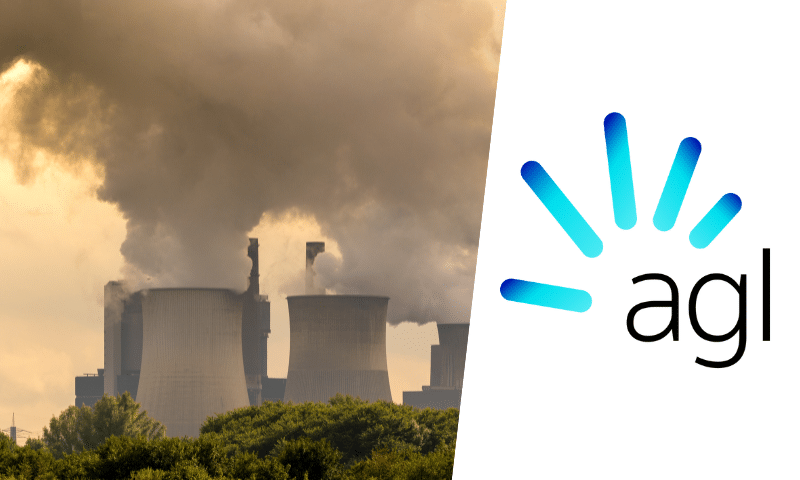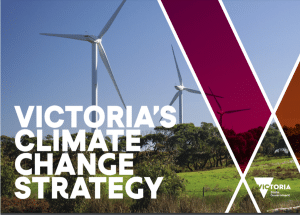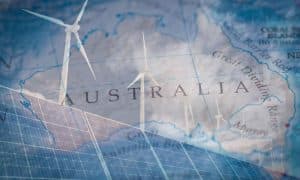AGL Energy, the largest energy generator in Australia, has announced in ASX that the Loy Yan A power plant in Victoria’s Latrobe Valley will close ten years sooner than expected. The business aims to phase out coal completely by 2035. AGL announced in February 2022 that it would run out of coal between 2040 and 2045, delaying the closure of its original planned 2048 deadline.
The State Electricity Commission of Victoria, a government-owned corporation, contracted International Combustion Australia Ltd. to build the Loy Yang facility in the 1980s (SECV). It comprises two distinct units called Loy Yang A and Loy Yang B. With 2,210 megawatts (MW), AGL Loy Yang contributes significantly to Australia’s national electricity market and provides about 30% of Victoria’s annual power needs.
AGL claims it is still on pace to close its remaining two coal plants, Liddell and Bayswater in New South Wales, in April 2023 and between 2030 and 2033, respectively.
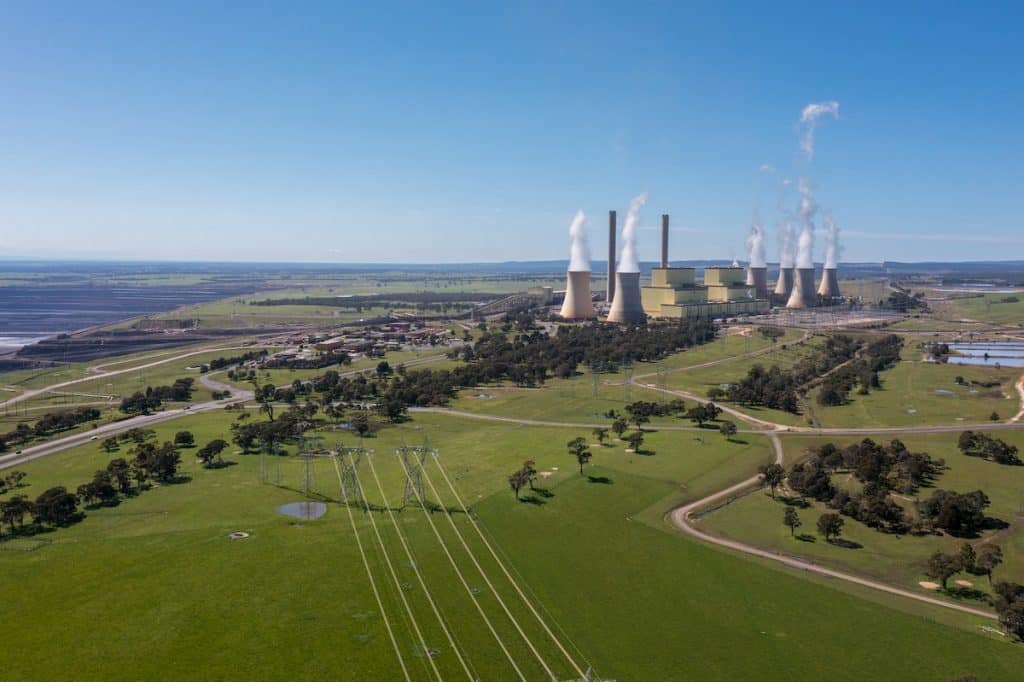
According to Chair of AGL’s Board, Patricia McKenzie, nearly 31 million tonnes of carbon dioxide, or approximately 10% of all Australia’s declared emissions, were produced in 2019–2020 by Loy Yang A and Bayswater, two major greenhouse gas emitters. The company predicted that by the time its coal assets are shuttered, its annual emissions would decrease from 40 million tonnes to finally achieve net zero for Scope 1 and 2.
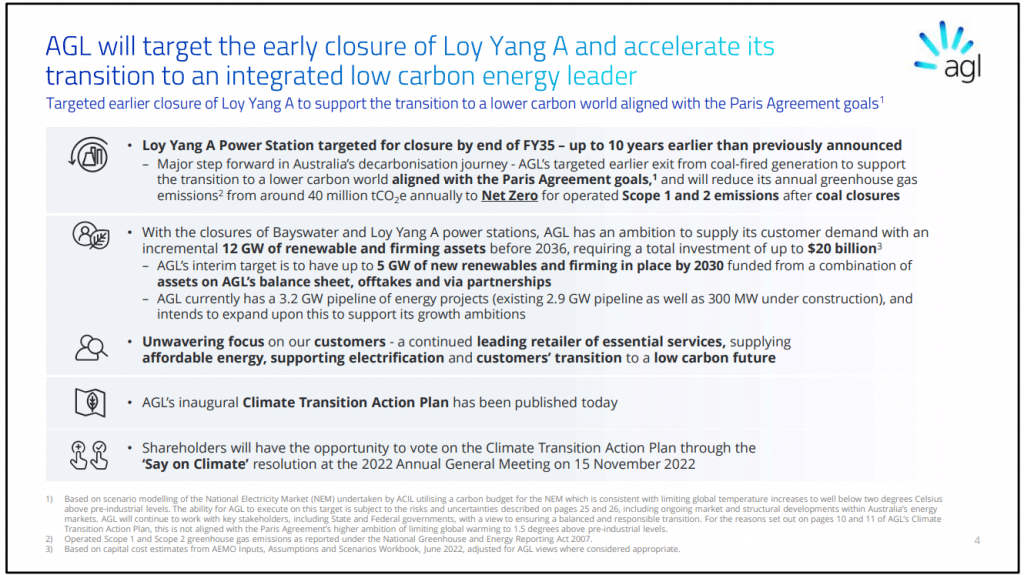
29 September 2022 (Source: AGL)
AGL targets to complete its exit from coal-fired generation by the end of FY35 and accelerate its transition to an integrated low carbon energy leader
- AGL targets an accelerated exit from all coal fired generation, announcing today a targeted earlier closure date of Loy Yang A Power Station – up to 10 years earlier than previously announced
- AGL’s annual greenhouse gas emissions are expected to reduce from 40 million tonnes to Net Zero on achieving targeted closure, supporting the transition to a lower carbon world aligned with the Paris Agreement goals and achieving net zero for operated Scope 1 and 2 emissions after coal closures
- AGL aims to progressively decarbonise its asset portfolio with new renewable and firming capacity, with an ambition to supply its customer demand with up to 12 GW of new generation and firming capacity, requiring a total investment of up to $20 billion in place before 2036, funded from a combination of assets on AGL’s balance sheet, offtakes and via partnerships.
- This includes an interim target to have up to 5 GW of new renewables and firming in place by 2030
- Unwavering focus on its customers as a continued major retailer of essential services, supplying affordable energy, supporting electrification and their transition to a low carbon future
- Unchanged commitment to rejuvenate its operating sites into low-carbon Energy Hubs
- Continuing consultation with its employees to understand their needs as AGL explores opportunities for career transition and re-skilling
- Inaugural Climate Transition Action Plan published today
“We have listened to our stakeholders — in particular, our shareholders, as well as government and energy regulatory authorities. Their views were an important consideration as we reviewed the company’s strategic direction after withdrawing the demerger proposal.”, McKenzie said.
AGL’s incoming Interim CEO Damien Nicks said that the early closure of Loy Yang A represented “a major step forwards in Australia’s decarbonization journey.”
“The targeted earlier closure of Loy Yang A Power Station will avoid up to 200 million tonnes of greenhouse gases being emitted compared to the previous Loy Yang A Power Station closure date,” remarked Damien Nicks.
“AGL’s future portfolio will be ‘demand driven’, meaning we will focus on the capacity that responds to what our customers need — with the majority of new supply anticipated to be from wind and storage, including batteries.”

AGL had intended to divide its operations into two firms, AGL Australia and Accel Energy. However, the proposed division was abandoned in May 2022 due to a lack of shareholder support.
After a campaign by billionaire Mike Cannon-Brookes, a significant shareholder forced a backdown on plans to split its coal-fired power stations from its retailing and renewable energy assets via a contentious demerger, AGL has been under persistent shareholder pressure to shut down its remaining coal-fired power stations in the 2030s.
About AGL
AGL Energy Ltd. is a publicly listed company based in Australia that produces and sells gas and electricity at retail prices for residential and commercial use. AGL is also Australia’s top electricity producer and carbon emitter.
AGL Energy has generated energy from power plants that utilise thermal energy, natural gas, coal seam gas, wind, hydroelectricity, solar, and other renewable energy sources since 1837. As the largest fully integrated energy company, telecommunications firm, and utility in Australia, AGL claimed to have more than 4.5 million residential and commercial customer accounts spanning New South Wales, Victoria, South Australia, and Queensland in August 2021. In July 2017, AGL entered Western Australia’s residential and commercial gas markets. (Source: Wikipedia)
Victoria targets 6.3GW energy storage by 2035

This week, the Victorian government made the most significant renewable energy storage commitments in Australia, claiming that they will be able to supply approximately half of the state’s present residences with electricity at peak demand. To stabilise the aging energy grid, the $157 million package includes a 125 megawatt battery in the state’s northwest. By 2030, Victoria would complete 2.6 gigawatts of renewable energy storage, with a larger objective of 6.3 gigawatts by 2035.
Using energy storage in the form of a solar battery is a terrific approach to maximise the performance of your high-value solar PV system. Energy Matters can assist you in choosing the best solution for a solar battery’s suitability using our Solar Power and Battery Storage Calculator.
Our professional solar installers in Brisbane will assess and determine your energy needs. We customise a solar panel system in Brisbane to fit the roof size of your property, ensuring you receive the most suitable solar panel system for your Brisbane home, meeting to property’s energy requirements.











